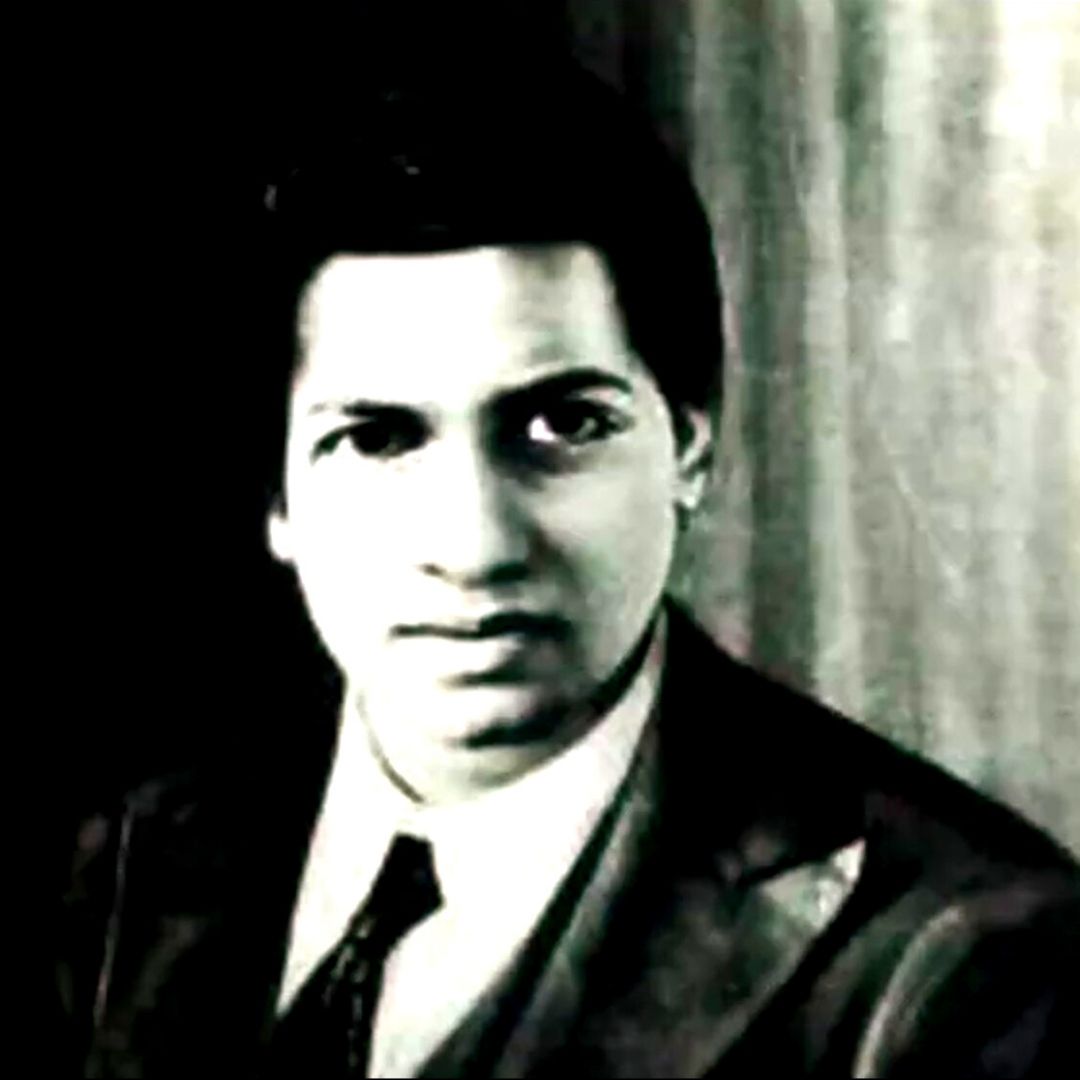
Photo Credit: Vice President on Twitter
Relooking At The Remarkable Story Behind Ramanujan's Magic Number 1729 On National Mathematical Day
Writer: Anish Yande
He is an English Literature student who's currently pursuing his Masters Degree in Multimedia Journalism from Christ University (Bangalore). He believes that storytelling is one of the most effective mediums to forge connections among people in the diverse yet divided world we live in. He focuses on developing and sharing stories of perseverance with a unique personal and social aspect through all the work he does.
India, 22 Dec 2021 10:02 AM GMT
Editor : Snehadri Sarkar |
While he is a massive sports fanatic, his interest also lies in mainstream news and nitpicking trending and less talked about everyday issues.
Creatives : Snehadri Sarkar
While he is a massive sports fanatic, his interest also lies in mainstream news and nitpicking trending and less talked about everyday issues.
Among Ramanujan's illustrious legacy, the magic number 1729, also known as the Hardy-Ramanujan number, particularly stands out.
Srinivasa Ramanujan, the Man Who Knew Infinity, has left behind an inspiring legacy in mathematics. India celebrates National Mathematics Day on December 22 every year, marking the birth anniversary of the eminent mathematician. Among his illustrious legacy, the magic number 1729, also known as the Hardy-Ramanujan number, particularly stands out.
The Story Behind 1729, The Hardy-Ramanujan Number:
Robert Kangiel wrote about how Ramanujan conceptualized the Hardy-Ramanujan number in his book, 'The Man Who Knew Infinity.' The incident occurred in December 1919 when the Second World War loomed upon the world, and Ramanujan was recovering from a prolonged bout of illness. The Indian scientist had suffered through health problems his entire life.
The author recounts how mathematician G.H. Hardy had once travelled from a taxi from London when he noticed its number, 1729. He kept thinking about the number when he entered the room where Ramanujan lay in bed and voiced his disappointment with the number. "It was, he declared, "rather a dull number," adding that he hoped that wasn't a bad omen. "No, Hardy," said Ramanujan. "It is a very interesting number. It is the smallest number expressible as the sum of two cubes in two different ways."
As he explained, 1729 is the only number that is the sum of cubes of two different pairs of numbers. For example, 1729 results from adding 1000 (the cube of 10) and 729 (the cube of 9). 1729 is the smallest number that can be calculated in two different ways as it is the sum of these two cubes. The author asserts the genius of Ramanujan, saying,
"Years before, he had observed this little arithmetic morsel, recorded it in his notebook and, with that easy intimacy with numbers that was his trademark, remembered it."
The Story and Legacy of Srinivasa Ramanujan:
Srinivasa Ramanujan Aiyangar was born in a Tamil Brahmin Iyengar family, in a small village, Erode, southwest of Chennai, Tamil Nadu, on December 22, 1887. His mathematical skills came to the fore from the young age of 11. As per the biography by Kangiel, by the age of 13, he had gained a good grasp of S. L. Loney's complex theorems on advanced trigonometry.
In 1903, he failed exams in Government College in Kumbakonam as he neglected non-mathematical subjects. His mathematical prowess eventually became recognized and documented in the Journal of the Indian Mathematical Society. In 1913, mathematician G H Hardy invited Ramanujan to Cambridge, which led to their collaboration that transformed the field of mathematics. In 1918, he created history followed by his election as a fellow of the Royal Society of London.
He discovered his own theorems throughout his career and independently compiled 3900 results. He made contributions to theories such as the elliptic integrals, hypergeometric series, and the theory of divergent series.
According to Scientific American, inspired by Ramanujan, Dutch mathematician Sanders Zwegers defined the mock theta functions, as originally described by Ramanujan. In 2004, Jan Hendrik Bruinier and Jens Funke introduced harmonic Maass forms, As per a Telegraph India report, Ramanujan's work finds applications in studying string theory and black holes. Engineers have applied the Ramanujan-sum in digital signal processing and identifying periodic components of integer-period signals.
Due to the abundance of Ramanujan's work and his illustrious legacy in mathematics, it is no wonder that the Indian Government named the National Mathematics Day after him.
Also Read: Covishield Jab Protection Against COVID-19 Wanes Just After 3 Months: Lancet Study
 All section
All section













